
I'm just back from an amazing jaunt in Iceland; the primary goals of which were to see the northern lights and share my favorite experiences from my last trip there with my family. This was a successful trip on both counts. And, as a bonus, it turns out Reyjkavik has some of the best food I have ever eaten -- feel free to skip directly to The Food section of this post if you want (I'll totally understand).
First things first: Land of Fire & Ice
Iceland is aptly known as the land of fire and ice because it is simultaneously a volcanic hot spot and home to some of the world's largest glaciers/ icecaps. Due to its location on the Mid-Atlantic Ridge, it is one of the most tectonically active places in the world, with over 200 volcanoes and over 600 hot springs which heat everything from houses to swimming pools to greenhouses (in which much of the produce is grown). That said, over 11% of Iceland is covered in glaciers/ icecaps, and the combination of the fire (volcanoes) and ice (glaciers) makes the country's landscape wild and rugged. Iceland is truly a fascinating place and veritable playground for glaciologists, volcanologists, geologists, and explorers.
Because Iceland is situated so far north, the days are quite long in summer (it is one of the lands of the midnight sun) and equally short in winter. In early to mid-November, sunrise was around 9:30am and sunset was before 5pm. The days get shorter by about 5 minutes per day until the winter solstice when they start getting longer again. This is one reason we chose to travel in early November instead of later in winter... I must admit, it's kind of nice to see a sunrise like this without needing to wake up early!

Reykjavik
Iceland's capital is the northermost one in the world and is home to about three-quarters of the country's population (which is under 400,000). It is lively, colorful, has some good shopping (especially for warm clothing and souvenirs), and has some absolutely amazing dining options.
There are two truly "must see" sites in Reykjavik:
Harpa, the opera house with glass tiles which evoke fish scales
Hallgrímskirkja -- a huge, white church located on a hill overlooking the harbor. Its somewhat brutalistic facade is meant to mimic columnar basalt, seen along the south coast of the island.
There are, of course, other things to see around town, like the Icelandic Phallological Museum, which houses a collection of over 200 penises (hey, you do you), Þjóðminjasafn (no idea how to pronounce that, but it is the National Museum, which explores Iceland’s history), the art museum, or, my personal favorite -- the sculpture the Sun Voyager.
The Golden Circle
Getting out of Reyjkavik brings you to the natural beauty and geologic wonders of Iceland. If pressed for time, the Golden Circle is a good place to experience what the country is all about as it is relatively close to town and includes Iceland's three most popular natural attractions: Thingvellir National Park, the Geysir geothermal area and Gullfoss waterfall.
Thingvellir National Park -- the largest attraction of the Golden Circle. Iceland's national assembly, which eventually evolved into a parliament, was founded at this site in 930 and remained there until 1798 before moving to Reykjavik. That makes it the original site of what is now the world’s oldest legislature in existence.
Additionally, and importantly, Thingvellir is located in a rift valley between the North American and Eurasian tectonic plates, which have been and continue to drift apart from each other at a pace of roughly an inch per year. As a result, the area is full of dramatic cliffs, flowing rivers, and deep gorges, and enables you to walk between the North American and European continents. (You can also snorkel/ scuba dive between the continents, at Silfra if you are so inclined -- even in winter.)
Geysir geothermal area -- Iceland's version of Yellowstone, and the namesake of all geysers everywhere.
Gullfoss waterfall -- aka Golden Falls. It is one of the most beautiful and powerful waterfalls in Iceland, plummeting 105 feet in two tiers into a river gorge below. It is just a ten-minute drive from Geysir and is the furthest point on the Golden Circle from Reykjavik (less than 2 hours away).
Waterfalls
Iceland has amazing waterfalls, and with a spouse who has a thing for waterfalls, making a visit to Iceland was a no-brainer. In winter, some of the waterfalls can freeze, but none of the ones we saw had frozen yet. As mentioned above, we visited Gullfoss while visiting the Golden Circle. We also visited two other famous falls, along the south coast: Skogafoss & Seljalandsfoss, where we were able to walk behind the falls! (Foss means waterfall in Icelandic). There were many other small ones we passed on our travels, as they are glacially fed and we were exploring glaciers.
Glaciers & Ice
In winter, especially, this is where Iceland shines! Sure, it gets cold (often with snow or rain) and can be extremely windy, but the natural beauty and the adventures the glaciers provide are life-affirming for me. As such, we spent a good amount of time exploring a couple of Iceland's many glaciers.
We went snowmobiling and off-roading on the ice cap of Langjökull, the ‘Long Glacier’ (the second-largest glacier in Iceland), and hiked to and then explored an ice cave in Vatnajökull -- meaning glacier of lakes and the largest ice cap in Iceland, which covers about 10% of the country. Because the area abutting the Langjökull glacier is so barren and extreme (see the picture below), NASA has tested its Mars rovers there.
Iceland is one of the most environmentally-minded countries, with virtually all energy coming from renewable sources (hydroelectric and geothermal), and a goal of being 100% carbon neutral by 2040. This devotion to mitigate climate change was a result, in part, to its first glacier losing its glacier status. (Yes, there was a funeral for the glacier). Our guide showed us one example of the glaciers receding by pointing out where the snowmobiling tours started just 10 years ago, and it was quite a distance to where they start now.
An Ice Lagoon, Black Sand Beaches, and Columnar Basalt
Glaciers are constantly in motion, and as a result ice chunks naturally break off. In Iceland, one place where that happens is into a lagoon off the south coast at the base of the Vatnajökull glacier, creating a stunning ice lagoon (one of my favorite places in Iceland, by the way). Then, as the icebergs/chunks flow out to sea, they can get washed up along the black sand beach, looking like diamonds. The black sand beaches are a result of the sand being ground down from black volcanic rock formed when lava cools and then solidifies.
Columnar basalt comes from basalt lava, and while it can be found many places on earth, Iceland is arguably the best place to find many (hexagonal) basalt columns in a concentrated area. On Reynisfjara Beach, for example, it is offset against black sand and is incredibly interesting. The town of Vik, is quite picturesque and is just on the other side of the beach.
Northern Lights
The northern lights (aurora borealis) are an atmospheric phenomenon which had eluded me before this trip. And even though we were traveling at the right time of year to one of the places they occur (the closer to the poles, the more likely they are to appear), it was not at all a given we'd be lucky enough to see them as they are weather dependent (you need clear skies). But, we lucked out and saw them (mostly through our camera lenses). Turns out, the naked eye can't take in the vivid colors the way a camera lens can, so you need to learn about what to look for and then look through your camera to get the most vivid sightings of them. (I kind of wish I'd known that in advance.) That said, on our final night we saw an amazing show that of cool movement in the ski that you could see with the naked, and THAT was AMAZING!
[A little primer about the northern lights from space.com: "Energized particles from the sun slam into Earth's upper atmosphere at speeds of up to 45 million mph (72 million kph), but our planet's magnetic field protects us from the onslaught. As Earth's magnetic field redirects the particles toward the poles -- there are southern lights, too, -- the dramatic process transforms into a cinematic atmospheric phenomenon that dazzles and fascinates scientists and skywatchers alike. The bright colors of the northern lights are dictated by the chemical composition of Earth's atmosphere. ... Some of the dominant colors seen in aurorae are red, a hue produced by the nitrogen molecules, and green, which is produced by oxygen molecules."]
A couple other geologically interesting sights
One surprisingly cool sight this trip was the Fjaðrárgljúfur Canyon in South Iceland. It cuts through lava layers of rock and was formed by glacial runoff during the ice age, about 2 million years ago!
Hot springs: Iceland has many, many hot springs; the Blue Lagoon being its most famous [and currently closed due to a potential volcanic eruption near there]. Due to the fact I had already been there and the fact that our tour guide was concerned about a volcanic eruption near it, we went to a different hot spring, the Secret Lagoon for a nice soak. It was not touristy and did not offer spa services (as the Blue Lagoon does) but was perfect for us after a long day tromping on glacial ice. If you are looking for a more spa experience, the Sky Lagoon is supposed to be lovely (and quite close to Reykjavik), and is not likely to be impacted by a volcanic eruption any time soon.
The Food
I cannot overstate how impressed I was with the food in Iceland. Not only is the fish ridiculously fresh (some of the best restaurants actually have their own boats for sourcing), but the lamb is amazing, too. (As Icelandic wool is a thing, this should not have been as big a surprise as it was to me.) If you are heading to Iceland, here is the primer you've been waiting for!
Dishes to try if you visit Iceland:
Lobster Soup (actually made with langoustines) -- this seemed to be to Iceland what clam chowder is to Boston. It is creamy and delicious (and filling).
Fish Stew (Plokkfiskur) -- creamy, potato-y, and the epitome of comfort food. Here's a description of it from Messinn, where I had it: Icelandic ”Plokkfiskur” with béarnaise sauce (cod, potatoes, onion, garlic, celery, lime, white wine, cream; served with butter and rye bread). This is so, so, so good.
Hot dog -- Like many places, Iceland has its own hot dog (mix of lamb, beef, and pork). Order it with everything -- homemade crispy onions and sweet mustard, along with raw onion, ketchup (sweetened with apples, not sugar) and remoulade.
Lamb -- By far, this was the most prevalent meat source, and the "meat" in Meat Soup.
Meat Soup -- a brothy soup with veggies and lamb chunks.
Skyr -- Icelandic yogurt (high in protein, low in fat); thicker and creamier than other versions of yogurt (including Greek). It has been a provision of Icelanders for nearly 1,000 years.
There are some useful things to know about Icelandic cuisine. First and foremost, portions are generous -- you will NOT go hungry! We did a few tasting menus, and the portions were the same as if you had ordered each of those dishes off the regular menu. (Don't say you weren't warned). Butter is the go-to fat and it is delicious and used generously. One of the traditional dishes (mostly served when with old Icelanders) is fermented shark -- looks like tofu, rubbery texture, tastes like how old fish smells (you know, that fishy smell you typically want to avoid when buying fish), based on my tiny taste; often served with Brennivin (similar to aquavit).
Below is a list with specific dining recommendations. But, I also need to give a special call-out to the reindeer tartar at TIDES. This dish, made with pickled cherries, smoked egg yolk, juniper mayo and charred flatbread was amazing but didn't make the list because it is no longer on the menu (the reindeer is sourced from a specific (bow and arrow) hunt and the truly wild variety is incredibly limited in supply. In fact, I'm pretty sure the chef said it came either the day we were there, or the day before.) The menu now has a beef tartar which I'm sure is good. (But definitely not AS good).
Specific recommendations:
Best cod dish I have ever eaten: Slow-Cooked Cod with truffles, almonds, smoked lamb, noisette-hollandaise at Food Cellar.
Best arctic char dish of my life: Artic Char (fish pan) with cherry tomatoes, almonds, honey, lemon and butter at Messinn (Reyjkavik)
Best two restaurants: Food Cellar & Fish Company (where the bread comes with softened butter (of course), and a housemade granola into which you dip your buttered bread for an amazing bite -- be it while awaiting appetizers, or as dessert).
Another great fish restaurant: Messinn (Reyjkavik)
Bakery: Braud & Company. Admittedly, we didn't make it to one of their bakeries (it's a chain), but it is THE place to go, according to several trustworthy sources (including friends). Their cinnamon rolls are supposedly to-die-for, but everything is supposed to be great. I might need to go back to Iceland just to try something there, lol!
Useful Travel Information
Tipping: Not expected in any situation. If you feel the need (for truly outstanding service), not more than 10% max (and in restaurants, just round up if you *need* to tip).
Drink the water: Iceland has possibly the best drinking water in the world. Straight from the tap is delicious and safe.
English is widely spoken: which is good because Icelandic is incredibly hard to pronounce!
Packing for a winter trip to Iceland: Bring layers and wind/rain wear! In early November the temperatures were mostly in the 30's (F), but the wind was strong and cold. Warm boots, hats, and good outerwear enabled us to be quite comfortable. Rest assured, though, shopping for appropriate clothing and footwear is not at all problematic in Reykjavik should you have forgotten something!
Trolls & Elves: Many Icelanders believe that elves and trolls exist in their land, and they have been telling stories about them for centuries.











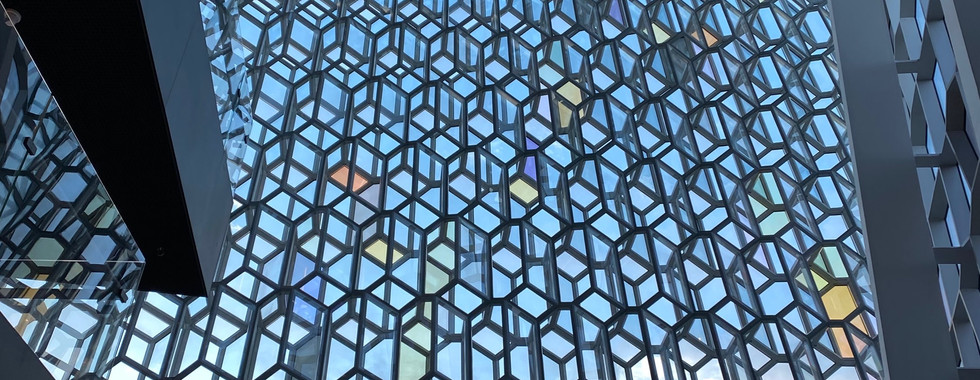





























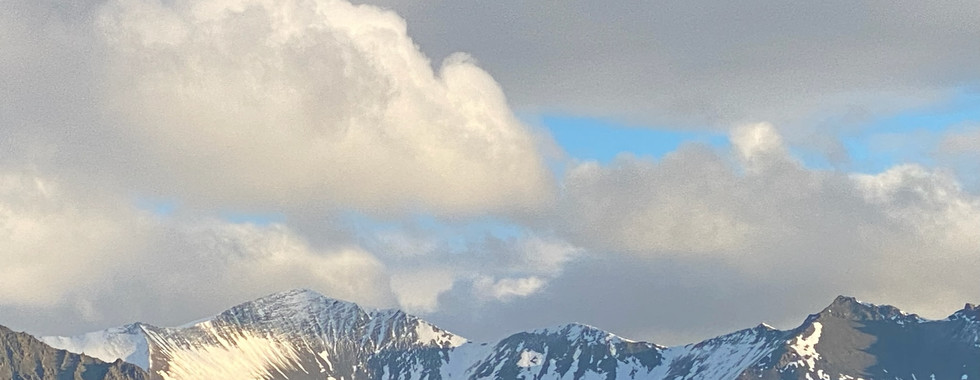



















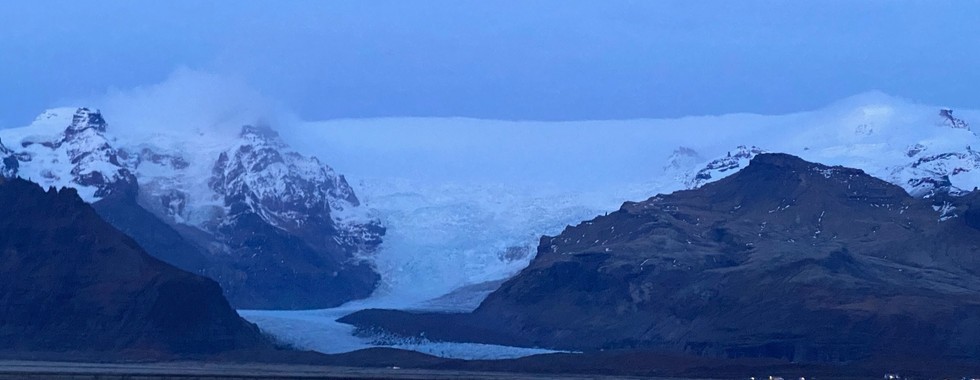













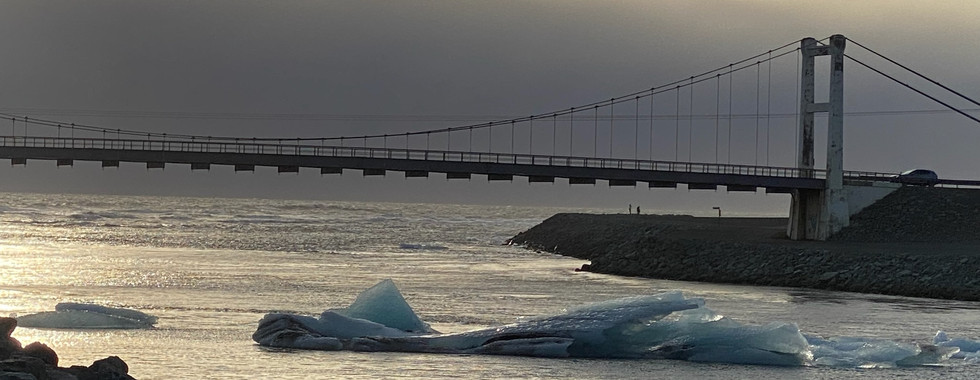











































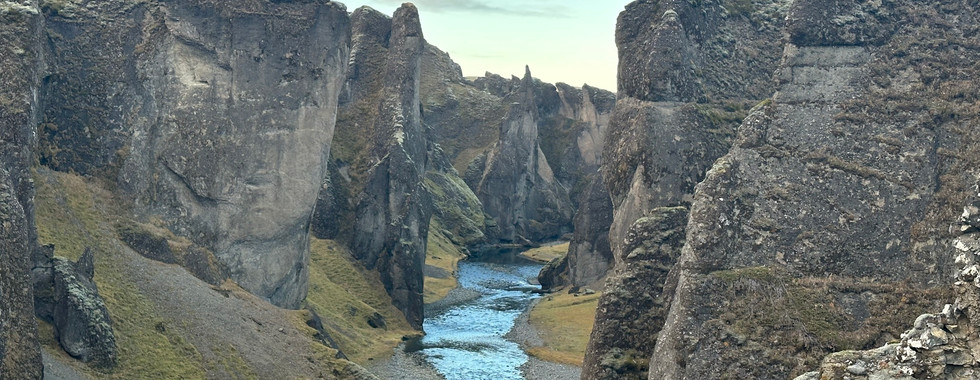














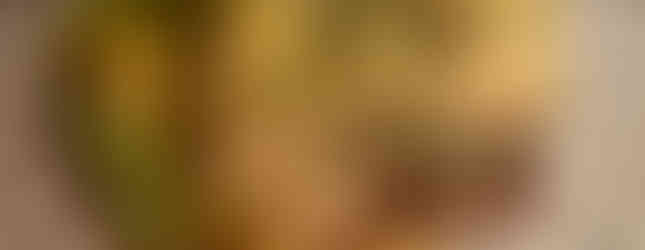



留言